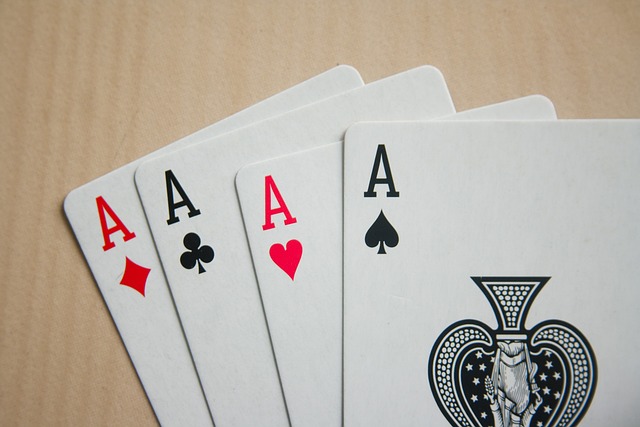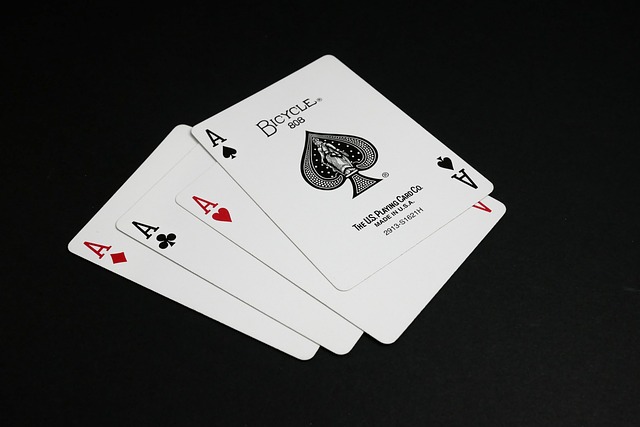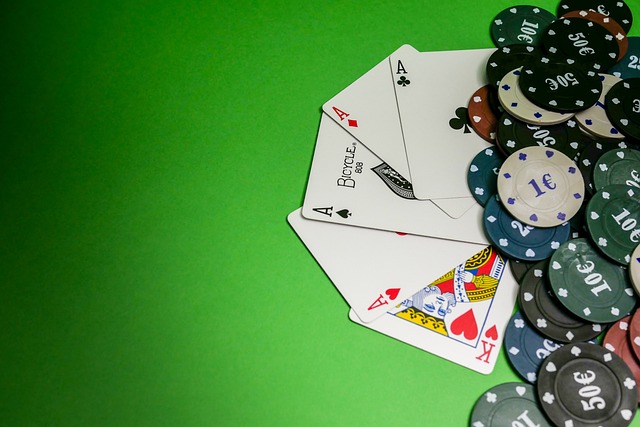Image at the table
Never try a “blind” bluff. You have to gather information about the others, about the typologies of players around you, but you have to build an image, based on which to turn to play. If you evolve for a few hours at the poker table with the same opponents, they will outline a pretty good idea about the style you have.
The image you created in this interval can help you enormously in the attempt to steal an possible where you are not the strongest. If you were very selective with your hands played, the others by keeping yourself as a late player, a real “bunker”, the chances of a bluff increase exponentially.
At the opposite pole are the extremely looste players, who like to enter their hands based on marginal books. They are generally very aggressive and, as a weight, bluff more. Everyone at the table knows this and most of the time they will be more reluctant. As such, against Loose players, the payment rate is much higher and, obviously, their bluffs last fewer times.
Even if you manage to perform your role perfectly, opponents are the ones who have the last word, so the success of your bluff depends on them.
You need to know that a bluff made against a single player has much higher chances to succeed than one done when in one can be three or four people. Things from this point of view are as simple as possible and are based on probabilities: if you managed to read an opponent that he does not have a good enough hand to give call, it is much harder to “throw” more . One, most likely, has grabbed a hand decent enough to consider it worth the risk of paying.
Equally important is the typology of the players against whom you choose to make this move. Always choose to try to “steal” the pot against Tight opponents, who choose to play very few hands and do not enter many sheets unless they are sure they have good chance of success. Loose players are used to pay with marginal hands, so the percentage of bluffs against them decreases dramatically.
You also consider the recent history of PO players. If one of them is tilted, the chances of paying you, from the desire to return the previously lost sheets, are higher. They no longer make rational decisions, based on analysis, but only on impulse, so that your strategy can almost certainly return like a boomerang.
Position at the table

When preparing a bluff, it is very important to have enough information about the opponent’s hand. Thus, try to move on to such actions especially when you are at the late position and you saw that the one before you went with only check. Making such a decision, he is most likely not willing to invest much in Pot (if he does not play slow, masking a “monster hand”), so that your chances of success increase. If you try to bluff when you speak first, you could face it more often with unpleasant situations. Ask in “blind”, not having any information about the hand of the one you are facing.
Respect the narrative logic of the respective hand
One of the great secrets of the bluff is to respect the narrative logic of the respective hand. To register in her scenario, so that others understand why you have previously chosen to pay or why you chose to raise the stake and put you on the best hand, as you want, so as not to pay.
The pre-flop action matters a lot, but overall, the story you want to sell must have logic, justify the decisions you have made. Otherwise, if you try to bluff-ezi just because it is the only chance to have access to the sheets, and the opponents cannot see an obvious logic of your actions, there are great chances that your attempt will turn into a failure and receive Call .
Pure bluffs will rarely bring pots than semi-blur

Many choose to sell their story to others, especially if they have a spare plan. Thus, insofar as they will be paid on the flop, let’s say, there will be enough outs that will bring them back to the hand. Suppose that such a player has a trefle in hand, and Board sees KQ5, two of the books. After giving a considerable raise on the flop, such a player can be in the situation of being assaulted by an opponent, with a substantial raise. He is based only on the color draw, but a re-raise at this moment can save him. Through this semi-bluff he clearly tells the other that he is extremely powerful and, probably only to the extent that the opponent has hit two pairs or has a pair of popes with Kicker AS will afford to pay.
Value of the bet
Many believe that in order to be a success, a bluff must involve as many sheets as possible. Partially true, because otherwise, if you ask very little, more frequently your fighters will feel the temptation to give call. However, an overbet may not register in the logic of hands, so even if you force the opponent to put more faces in Pot, the chances of being paid are not necessarily smaller, feeling that something is not ” clean”.
Enough specialists believe that a good bluff also considers the information gathered about the opponent’s hand: you have to imagine what would be the limit he is not willing to pass, depending on the signals he has given you so far. Also, if you do so that your bluff looks like a valley bet, the chances of a competitor will increase.
The bluff is by no means a chance of chance. He must be prepared thoroughly so that others believe your story. And, more importantly, it must be used with measure, because only this way the opponents will give you credibility and consider that you really have a good hand.
